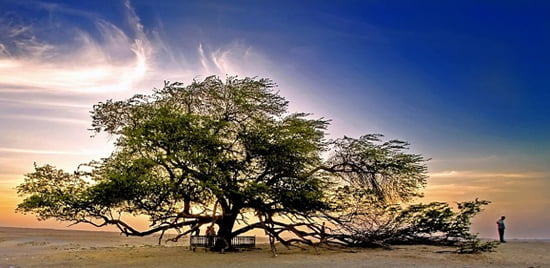> I kept a Word journal of my journeys to the Middle East, and thought I had lost it for good, when I couldn't find it. But sometimes things have a way of reappearing, just when we aren't looking. So there it was, yesterday, in one of my folders.
You may know that the earth's crust is made up of plates. Its spherical surface is far from smooth, more like a soccer ball with uneven sections than a perfectly seamless beach ball. These jagged plates lean, and press against each other at the edges with great pressure. By and large the opposing forces create an equilibrium, but on occasion there is slippage, way deep under ocean waters. The resulting force is so great, as to cause a horribly destructive tsunami.
The earth's crust, and its behavior, are called plate tectonics.
I use the word 'tectonic' to mean something momentous. My journeys to the Middle East are tectonic. A life-changer in ways I could've never imagined.
Here is the very first entry in that journal, on March 12th 2002. It was Tuesday morning, and I was en route back home aboard KLM Royal Dutch, from Amsterdam and Chicago, after our first fateful trip to Bahrain. <
 |
| Tree of Life, in Bahrain. Photo, by Faisal Ansari. |
What did I do to learn about Bahrain?
I visited the Bahrain National Museum on Thursday afternoon, March 7th. The taxi driver who took me there - an Omani gentleman named Rashid - also took me back to the hotel, and clearly appreciated the fact that I called him specifically to do so. I arranged for Rashid to take on a tour toward southern Bahrain. He first took me to the Bahrain fort. Then our route to the Oil Museum passed by the mansion of the Al Khalifa royal family. The museum sits off the Jabal al Dukhan, the highest elevation in Bahrain (not very high), and right besides it, the location of the very first oil well. Bahrain was the first Arab country to discover oil (1932).
I visited the Bahrain National Museum on Thursday afternoon, March 7th. The taxi driver who took me there - an Omani gentleman named Rashid - also took me back to the hotel, and clearly appreciated the fact that I called him specifically to do so. I arranged for Rashid to take on a tour toward southern Bahrain. He first took me to the Bahrain fort. Then our route to the Oil Museum passed by the mansion of the Al Khalifa royal family. The museum sits off the Jabal al Dukhan, the highest elevation in Bahrain (not very high), and right besides it, the location of the very first oil well. Bahrain was the first Arab country to discover oil (1932).
Then, the Tree of Life.
It was described as a tree that defied the odds of nature. Living about 400 years, when the tree is expected to live about 100 years. Living in the desert environment, where its exact water source is still a mystery. The descriptions suggested that the tree commanded reverence from people.
So I was terribly disappointed when I visited and it was hardly protected from the abuses of people. It had graffiti on it, for God’s sake! There was no surrounding barrier really. There was a banner on it. There was trash in the surrounding area. And there was drag strip racing in the desert, when one guidebook indicated the need to respect the desert. Moreover, the tree’s bark looked like the skin of an elder person and was very much part of the reverence it commanded. Unfortunately, because it was not well taken care of, it looked like it was dying. The bottom part of the tree had relatively few leaves and the top part had leaves that did not look healthy.
> I remember, too, that a horizontal branch had grown so long and so big it was virtually laying on the desert surface. The photo above doesn't quite depict it, but it was as if this venerable tree had placed a gnarled elbow on the ground to support the weight of that branch. Imagine yourself thinking at your desk, chin on your palm and your elbow on the desk.
Imagine sitting at your desk for 400 years.
Notes
Ron Villejo, PhD
November 2012 <
Notes
Ron Villejo, PhD
November 2012 <